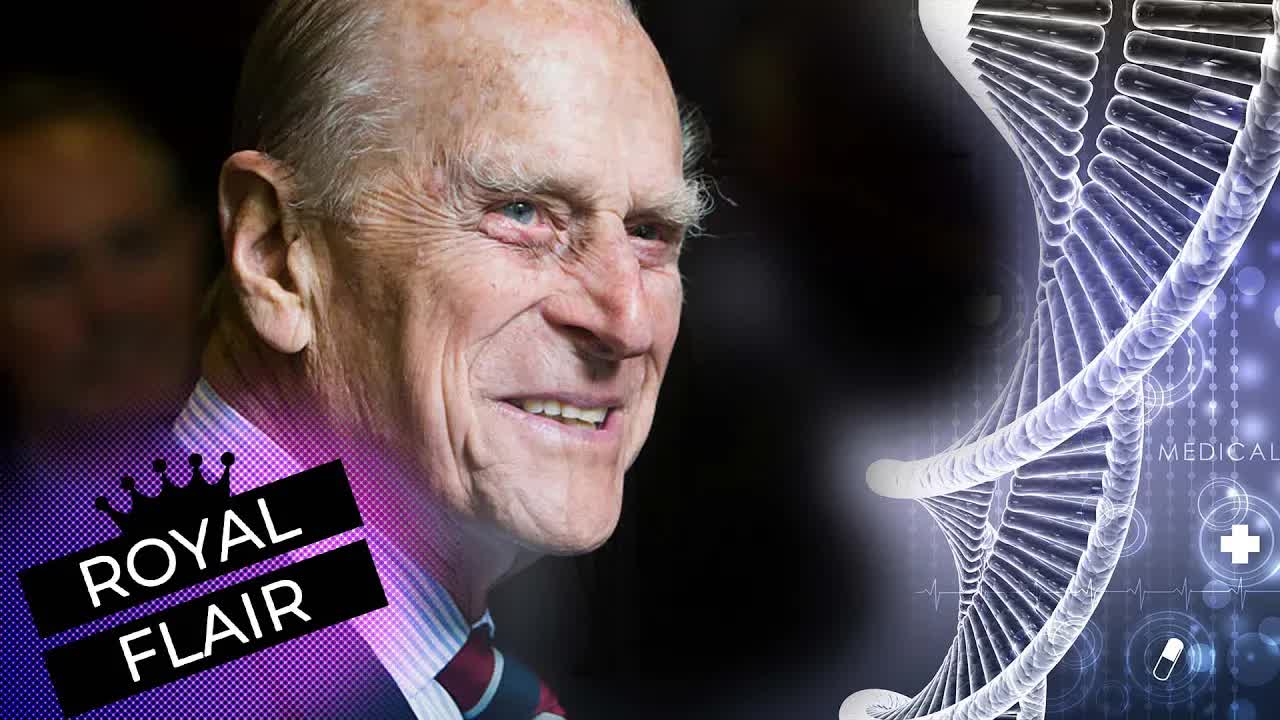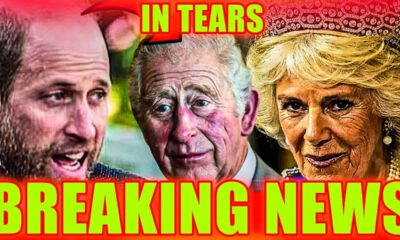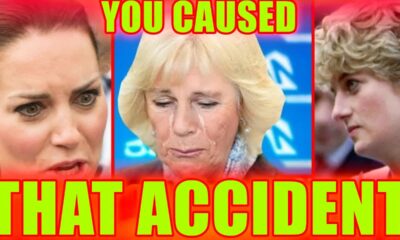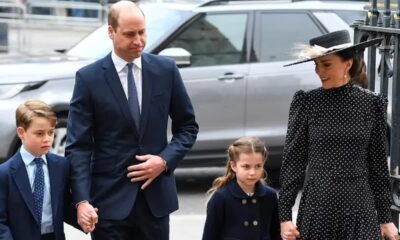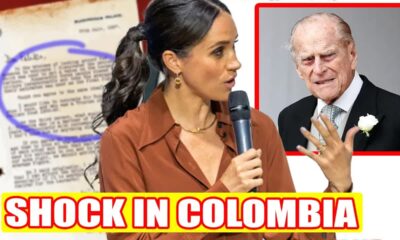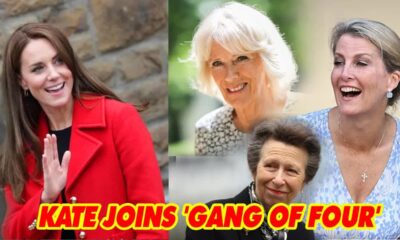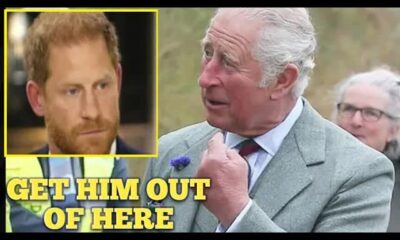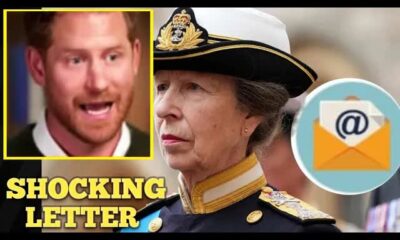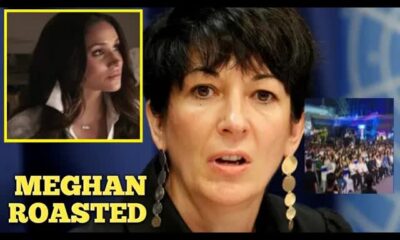The News
Prince Philip’s Surprising Connection to the Romanov Tragedy
Prince Philip, the late Duke of Edinburgh, led a life rich in history and intrigue.
Among his many accomplishments, one of the most astonishing is his connection to the tragic fate of the Russian Tsar's family.
To truly grasp how Prince Philip became entwined in this dark chapter of history, we must delve into his fascinating lineage.
Philip's ancestry is a tapestry woven with threads from Germany, Britain, Greece, and Denmark, but it extends all the way to Russia as well.
Remarkably, he was the great-nephew of Tsarina Alexandra, the last Empress of Russia.
This familial link adds layers to his already complex identity and highlights the intertwining of European royal families.
To trace this connection, we start with his mother, Princess Alice of Battenberg.
She was the daughter of Victoria of Hesse-Darmstadt, who herself was the daughter of Alice of Great Britain and Ireland.
This lineage reveals that Alice, Philip's grandmother, had a sister named Alexandra, who became the wife of Tsar Nicholas II, thus making her Philip's great-aunt.
The story takes a tragic turn with the fate of Alexandra, Nicholas, and their five children.
In 1918, the Bolsheviks executed the entire Romanov family, marking a grim end to the imperial dynasty.
They had been held captive in Yekaterinburg for several months before meeting their untimely demise on July 17, a day that would forever haunt history.
Initially, the world was told that Nicholas II had been killed, but the fate of his family remained shrouded in secrecy.
Official reports insisted they were safe, but whispers of their fate lingered.
It wasn't until a few years later, when a White Army investigator uncovered the truth, that the full horror of the situation was revealed—the entire family had been murdered.
The quest for the Romanov remains began decades later.
In the 1970s, a geologist and a filmmaker embarked on a mission to locate the bodies of the slain royals.
Their tireless efforts eventually paid off, leading to the discovery of Alexandra and her children's remains.
However, it wasn't until the early 1990s, following the collapse of the Soviet Union, that these remains could finally be exhumed.
This pivotal moment brought Prince Philip back into the spotlight, as he was the closest living relative of Alexandra.
With the bodies recovered, DNA testing became essential to confirm their identities.
The results left no room for doubt—Alexandra and her children, including the famous Anastasia, had indeed perished alongside Nicholas II.
This revelation added a painful chapter to Philip's family history.


